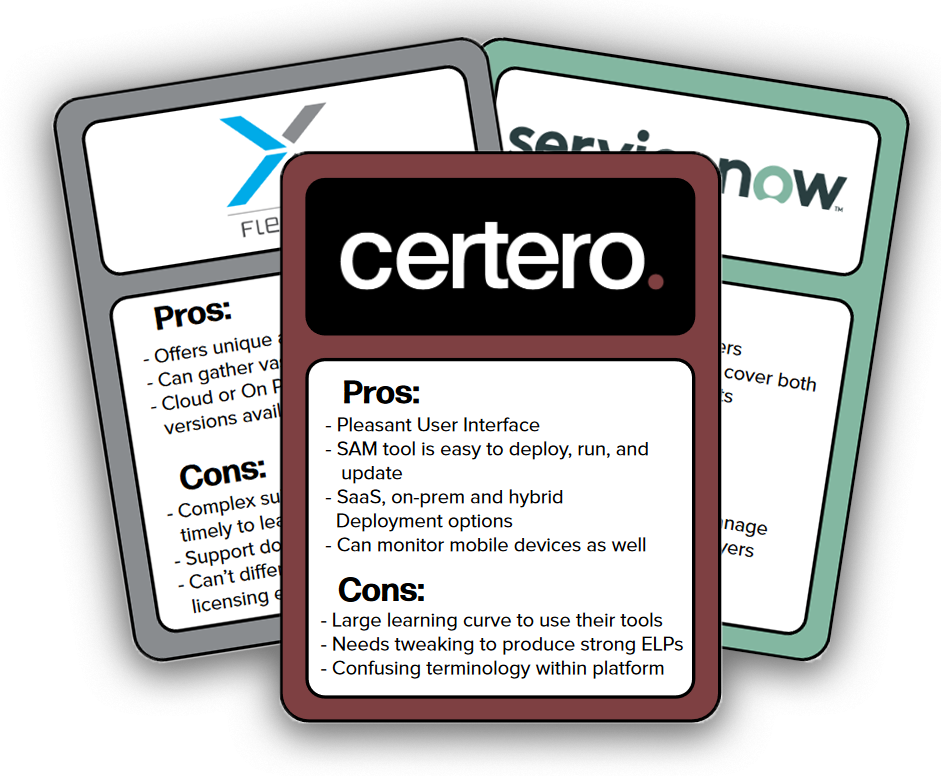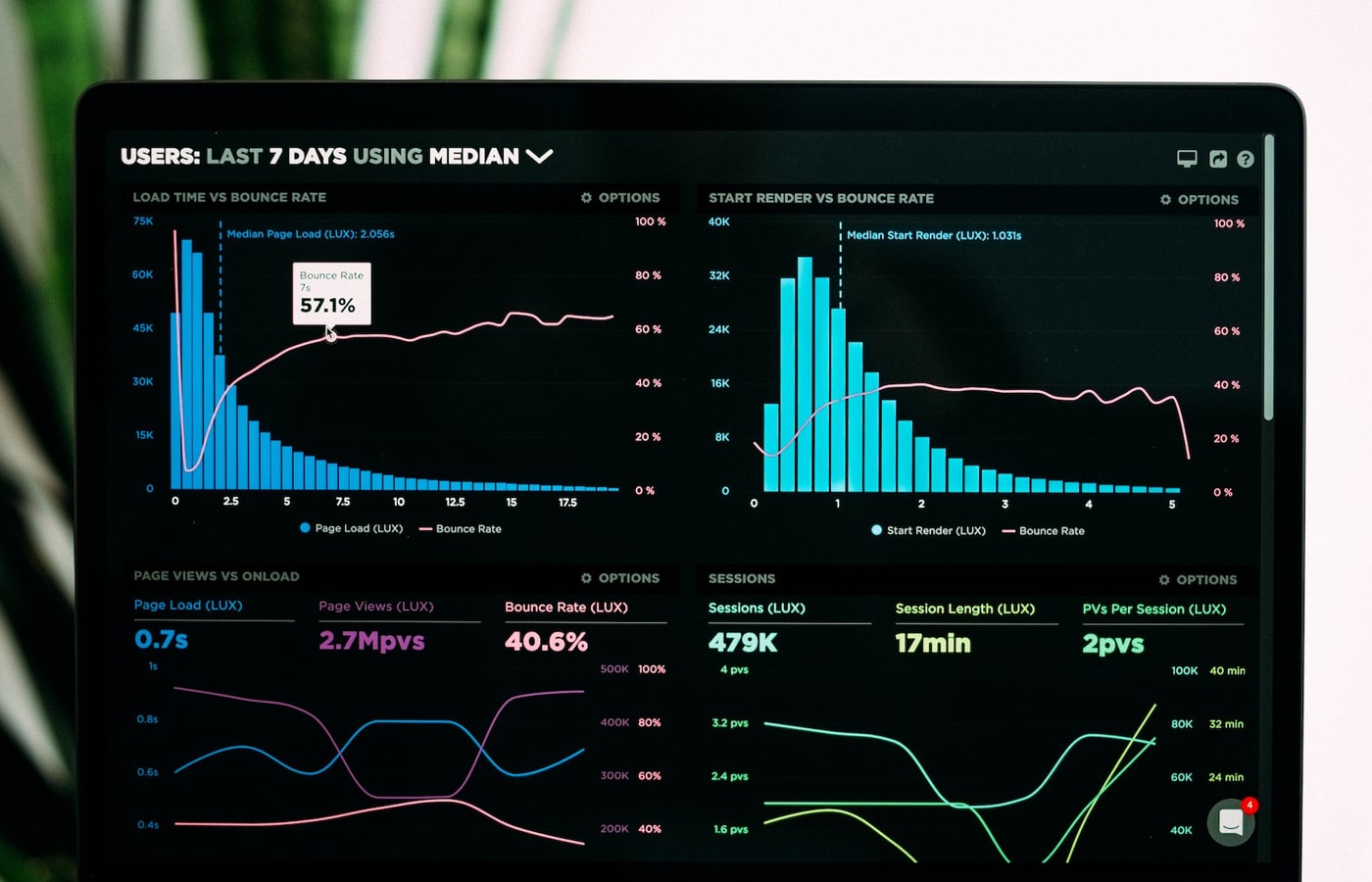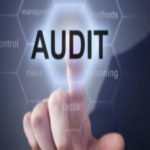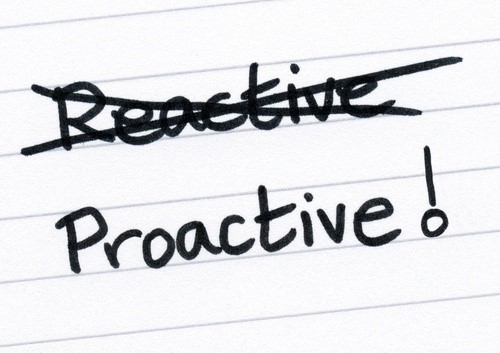Is it time for your organization to hire a Software Asset Management Expert? Software Asset Management (SAM) is the type of thing that is easy for IT organizations to forget. It’s like that mysterious plastic container at the back of the fridge that you haven’t opened in a while. Just like that unpleasant odor to let you know something in your fridge has gone bad, there are some ways you can tell when your software licenses and expenses may be on the cusp of causing you grief. Implementing a successful SAM program is difficult to do. There are numerous skills required and multiple sources of data to go through and understand (software deployments, contracts, and hardware configurations). Feeling overwhelmed and frustrated in the wake of such a challenge is understandable but it can be avoidable with the right help at your disposal.
4 Reasons to Hire a Software Asset Management Expert
With nearly eighty years of combined consultation experience on our side, the Software Asset Managers at Metrixdata360 know exactly where a company needs help from the experts, and that’s what we’re here to share with you today. We’ll show you how you can tell what you can do yourself and when it’s time to bring in experts to assist.
1. Your Software Estate Is Growing Rapidly
Perhaps you once only had a few licenses to keep track of and the servers that your company needed could be counted on one hand. Now, to accommodate your company’s growth, you’ve had to buy another license, and another, and another, building a large and confusing IT architecture. Maybe your company has recently gone through a merger or acquisition and the transition has left you disorganized and unsure as to whose license belongs to who.
According to OMTCO’s article Six Questions that Managers Should Ask about Software Asset Management, if your software estate incorporates hundreds of servers with licenses from critical vendors like Oracle, IBM, or Microsoft, then it is time to consider having your software managed by a professional.
2. You’ve Purchased More Than One SAM Tool
Software Asset Management tools are a great way to keep your company organized. The problem with these tools is that it is hard to find one that can manage everything you need it to. While SAM tools offer many features, their primary function can be broken down into two parts: to conduct inventory and to manage your licenses.
The problem is that many SAM tools have difficulty accounting for the newest technological advances. Getting your SAM tool to read multiple different license metrics, for instance, can work as well as trying to shove a cassette tape into a CD player.
They can accidentally account for things twice, they can mark your test/ dev servers as full production, and they can fail to account for the information in your Active Directory, which is typically the first place the software auditors will look.
The way that companies accommodate for their SAM tools’ weaknesses is by either creating spreadsheets themselves (which renders the purchase of the SAM tool pointless, why get a product if you have to do its job for it?) or they get another SAM tool just to make up for the missing information.
If you find yourself having to compensate for your SAM tools, it might be time for a professional upgrade.
3. You’re Migrating to the Cloud
It seems like everyone is packing up and heading for the Cloud. Once you’re transitioned, you’ll have excellent flexibility, but the move can cause an equal amount of grief when it comes to your licenses and your software bills. Many companies assume that they can take their licenses to the Cloud with little issue, but that’s not always the case.
It’s important that you read your contracts carefully.
Some software publishers create programs that harbor sensitive information – such as clients’ credit card numbers or patient records – and so they will not let you move their software to the Cloud. It’s a huge liability for both you and them since the Cloud has been known to have major breaches in security. In 2018, for instance, some of the biggest breaches in the Cloud included the Aadhaar India National ID Database (1.1 billion Indian citizens had their information exposed), Facebook (50 million user accounts were compromised) and Marriott Starwood Hotels (the information of 500 million guests was compromised), according to Spinbackup’s article Top Cloud Data Breaches in 2018 Lessons Learned. Even the vendors that do allow movement to the Cloud can charge you heavy fees for doing so.
In addition, unmonitored access to your new Cloud estate can leave your IT department to have the ability to spin up any Cloud instance they want, without proper regard to whether such an action is within compliance with your licenses or even before having a full understanding of what it will cost your company. It’s common with unmonitored access to the Cloud, that companies will spin up projects and then leave them on for months after the project’s completion, meaning they are still being paid and draining your IT Budget.
As we covered in the last section, because many SAM tools on the market were made long before the Cloud became popular, they struggle to monitor these types of scenarios, leaving companies with unknown expenses and compliance gaps. Having someone that can monitor your Cloud estate is essential to keeping the costs down to their lowest digit during this transition. For more information about Cloud Migration, check out our article 5 Problems When Moving To the Cloud.
4. The Last SAM Review/ Software Audit Didn’t Go So Well
The sting of a poorly conducted software audit is a harsh one. Perhaps the auditors came in and took every grey area and every unknown factor and inflated your compliance gap until it was the size of your annual software budget. After all that wasted manpower and resources, if you were in a full legal audit, you might have been forced to foot the bill for the whole process and had to pay for the owed products at full price (your discounts aren’t available to you in a full audit).
You were caught off guard by the audit findings, you knew you couldn’t possibly owe that much but had no idea where to look to prove their Estimated License Position wrong. By the time you made it to the negotiation stage, you just wanted the process to be over, so you reluctantly agreed to their terms and now you never want to go through that again.
While a SAM professional can’t stop the software audits from coming back year after year, they can streamline the process, saving your own workforce resources. SAM professionals also can tell the difference between valuable data that is critical to the audit and wild goose chases the auditors will send your highest paid employees on. They know how to make it so that you are better prepared and more organized, which will leave your compliance gap cut down to the amount you actually owe.
Types of Software Asset Management Expert
Should you decide it is, indeed, time to hire a SAM expert, there are three options you have at your disposal.
In-House Software Asset Managers
Hiring someone who owns this project is a great way to ensure it is done with great care and passion. Software asset managers don’t just get your licenses in order for any upcoming audit, they can also help manage new software deployment and track their effectiveness in your company.
A good software asset manager is someone who has extensive knowledge of software, but who also demonstrates a strong understanding of finances, negotiations, legal matters, and business. A software asset manager is excellent for managing your company’s daily usage over a long period of time (either on-premise or in the Cloud).
Software Consultant Hybrid
As Rolling the SAM Dice: in-house vs. managed from the ITAM Review notes, a popular option that many businesses take advantage of is having a hybrid of the two options. They will often buy their own SAM tool but have an external team manage it, thus giving them control over their data and the methods used to monitor it, but they also can rest easy knowing that their assets are being well managed.
For More Information on Hiring a Software Asset Management Expert
Knowing when you need a Software Asset Management Expert could save you a lot of money – almost 30% of your current software expenses and that number only grows in the case of a software audit.
At Metrixdata360, we’re interested in finding you the best solution for your software asset management needs so you will be able to know exactly where your money is going and you’ll be ready with solid data at your disposal when the auditors come knocking. If you’d like to learn more about how Mextrixdata 360 can help, reach out to us with your questions or take a look at our SAM Compass service. We strive to respond by the end of the following business day to all inquiries.



















